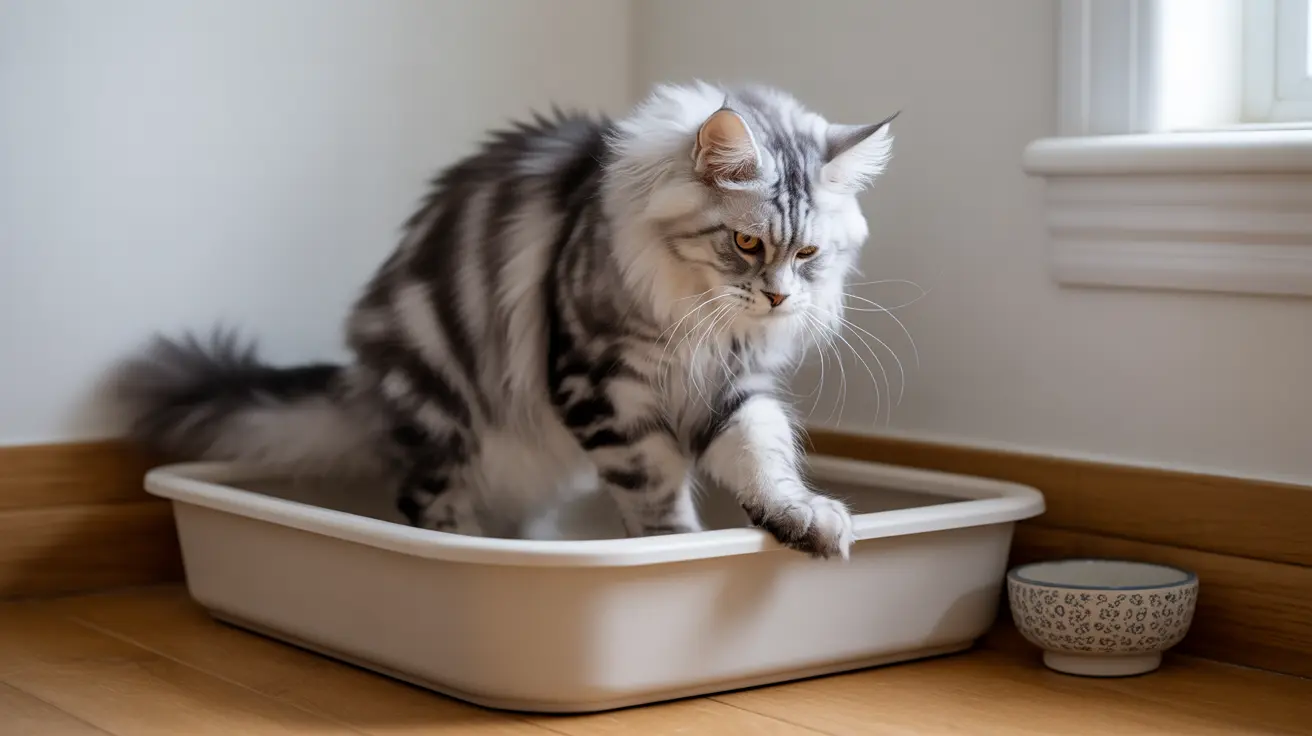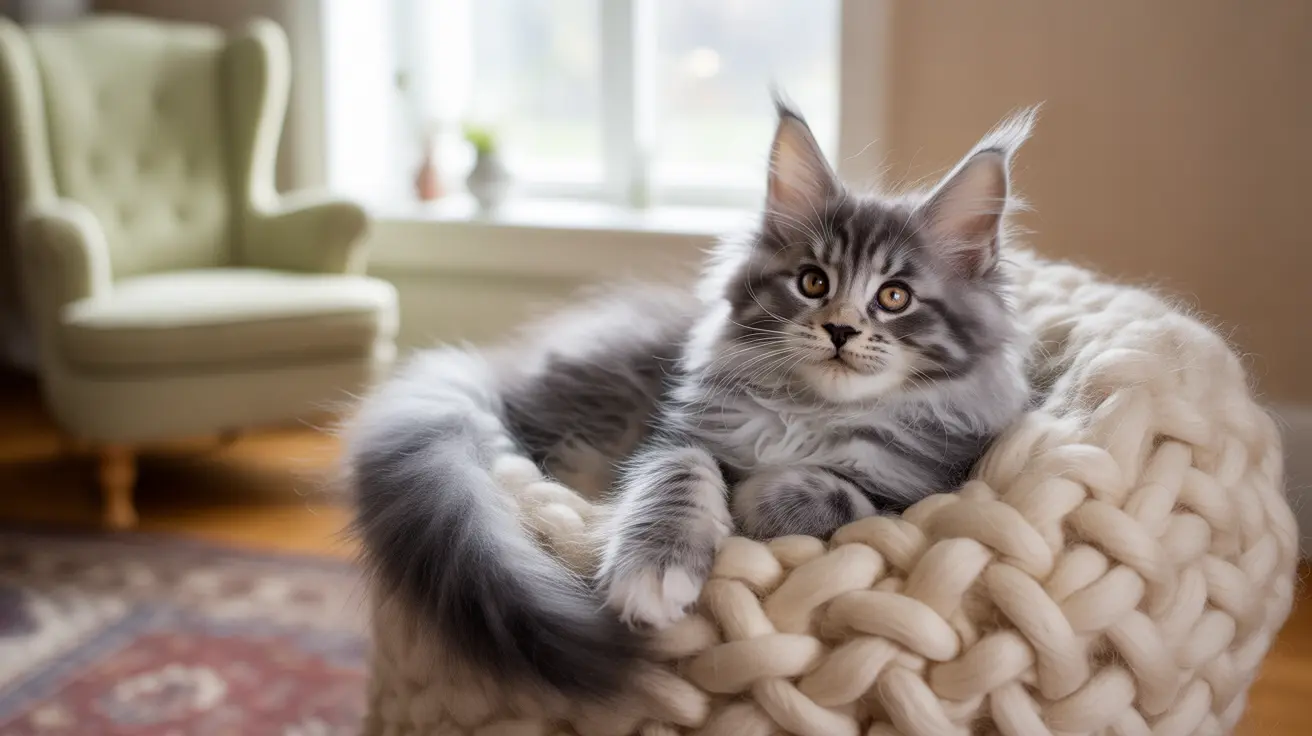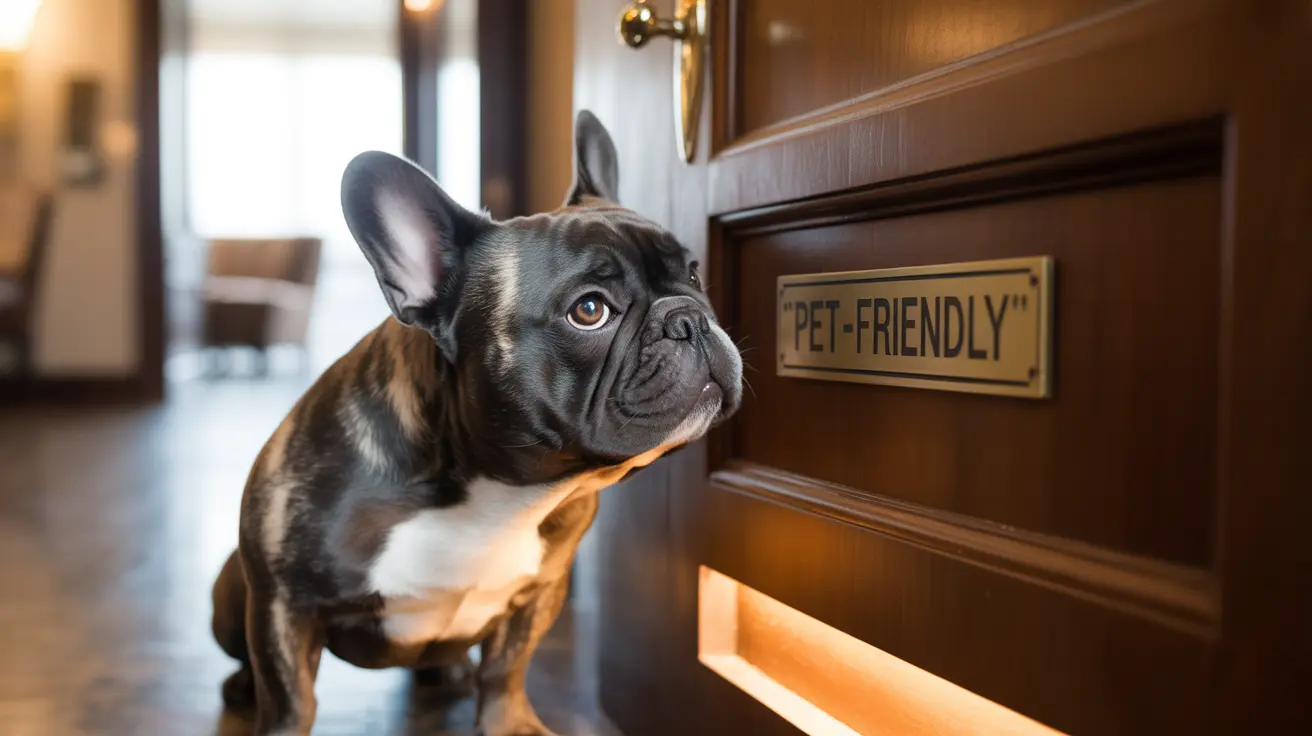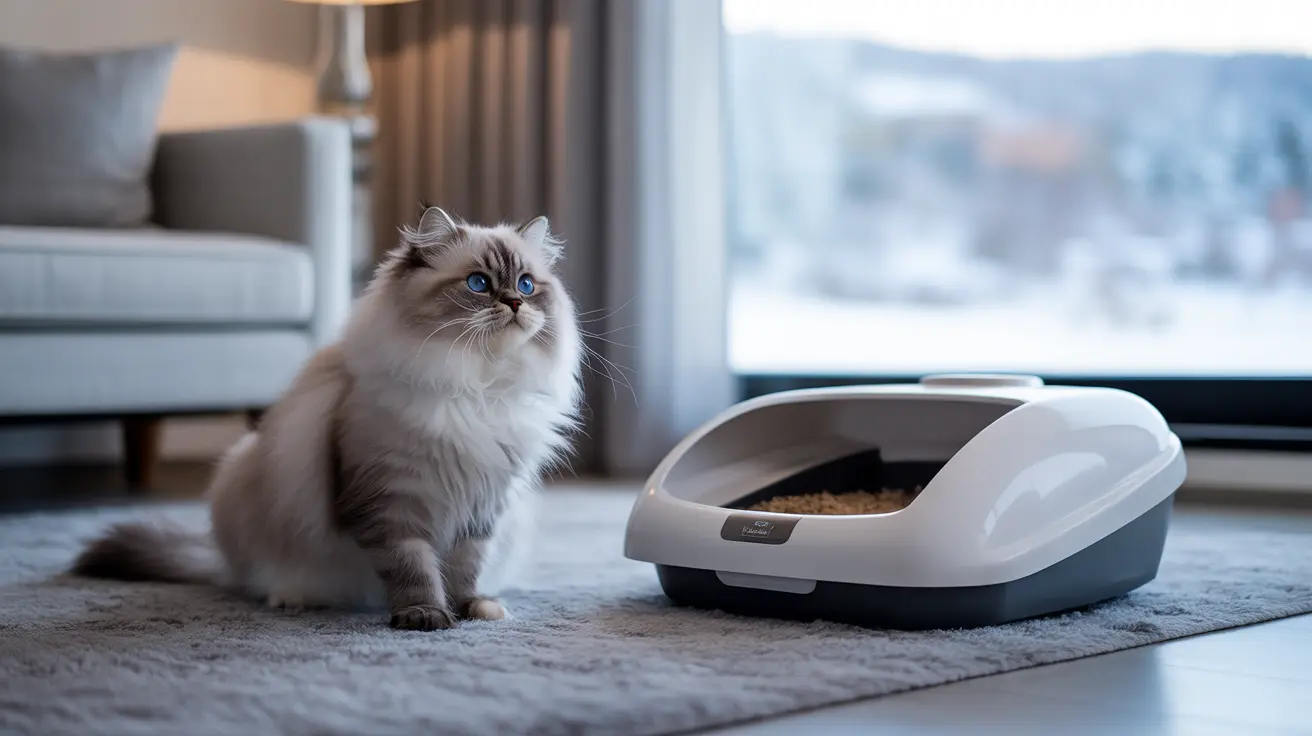If you're finding puddles of urine around your cat's litter box rather than inside it, you're not alone. Many cat owners face the frustrating challenge of their feline friends peeing over the edge of the litter box. This comprehensive guide will help you understand why this happens and provide practical solutions to resolve the issue.
Understanding and correcting this behavior requires a systematic approach, as multiple factors could be causing your cat to miss the mark. From medical conditions to environmental stressors, we'll explore every aspect of this common problem and provide actionable solutions.
Medical Causes Behind Over-the-Edge Urination
Before implementing behavioral solutions, it's crucial to rule out medical conditions that might be causing your cat to urinate incorrectly. Common medical issues include:
- Urinary tract infections (UTIs)
- Arthritis or joint pain
- Kidney disease
- Diabetes
- Mobility issues due to age or injury
These conditions can make it difficult or painful for your cat to maintain proper posture while urinating, leading to accidents over the box edge.
Choosing the Right Litter Box Setup
Box Size and Design
The right litter box configuration is essential for preventing over-the-edge accidents:
- Select boxes at least 1.5 times your cat's length
- Choose high-sided boxes for "high-pee-ers"
- Consider storage tubs as alternative litter boxes
- Ensure the entrance is easily accessible
Litter Selection and Maintenance
Your choice of litter and cleaning routine can significantly impact your cat's bathroom habits:
- Use unscented, clumping litter
- Maintain 2-3 inches of litter depth
- Scoop at least once daily
- Complete box cleaning weekly
- Avoid strong-smelling deodorizers
Environmental Factors and Solutions
Environmental stressors can cause unusual litter box behavior. Address these factors by:
- Providing multiple litter boxes in quiet locations
- Maintaining consistent feeding and cleaning schedules
- Using feline pheromone diffusers to reduce stress
- Creating safe spaces away from other pets
- Minimizing household changes when possible
Behavioral Training and Modifications
Some cats need additional support to develop proper litter box habits:
- Reward proper litter box use
- Never punish accidents
- Consider temporary confinement to retrain
- Monitor and document behavior patterns
- Make gradual changes to avoid causing stress
Frequently Asked Questions
What medical conditions can cause a cat to pee over the edge of the litter box?
Medical conditions including UTIs, arthritis, diabetes, and kidney disease can cause this behavior. Any condition that affects mobility or increases urination frequency can lead to over-the-edge accidents.
How can I choose the right litter box size and type to prevent my cat peeing outside the box?
Select a box that's at least 1.5 times your cat's length and has sides high enough to contain spray. For seniors or injured cats, ensure one side has a lower entry point. Consider using storage containers with modified openings for larger cats.
What environmental changes can help stop my cat from peeing over the edge of the litter box?
Reduce stress by providing multiple clean boxes in quiet locations, maintaining consistent routines, and using feline pheromone products. Ensure boxes are away from food areas and high-traffic spaces.
Why does my cat stand on the edge of the litter box while urinating and how can I fix it?
Cats may stand on the edge due to box aversion, discomfort with litter type, or medical issues. Try different litter types, larger boxes, or consult a vet to rule out health problems.
When should I take my cat to the vet if it keeps peeing over the litter box edge?
Schedule a vet visit if the behavior starts suddenly, persists despite environmental changes, or is accompanied by other symptoms like increased thirst, difficulty moving, or changes in appetite.
Conclusion
Resolving litter box issues requires patience and a systematic approach. Start by ruling out medical conditions, then make necessary environmental and behavioral adjustments. With consistent implementation of these solutions, most cats can return to proper litter box habits. Remember that each cat is unique, so you may need to try different combinations of solutions to find what works best for your pet.






